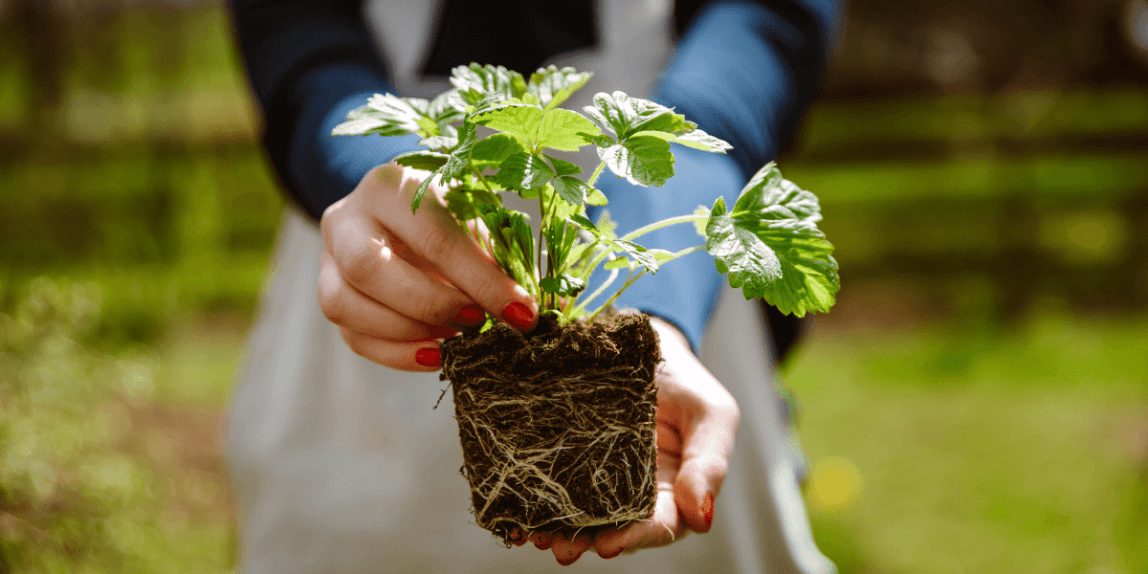Reading time: 5 minutes
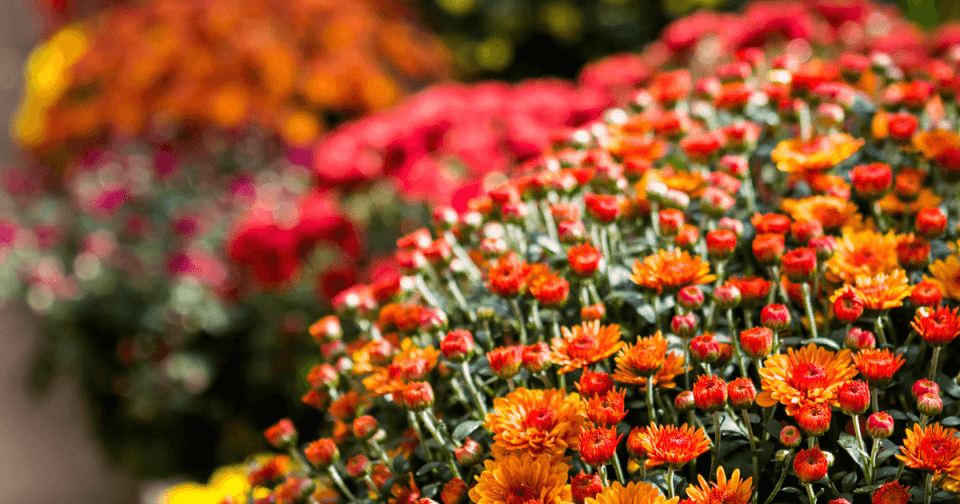
Fall is our favorite time of year! While many other areas of the country are winding down, already seeing cold temperatures and falling leaves, we’re just gearing up. Did you know, October is the most ideal time to plant in our climate? Because we experience extreme heat in the summer, it’s better for desert gardeners to plant in the fall because it allows plants to become more established in their new environment before they have to face the heat of their first summer.
In addition to planting, October is a wonderful month to get your garden back to optimal health. For a full checklist of things to do in your garden this month, keep reading!
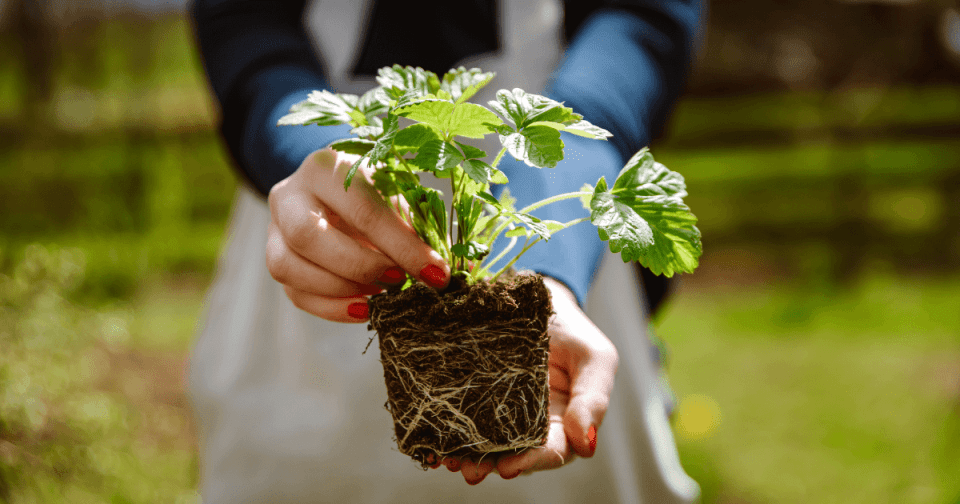
1. Plant, plant, plant!
October is the best month in the desert Southwest to plant EVERYTHING! In addition to landscape plants like trees, shrubs, and groundcovers, here are some additional seasonal favorites…
- Cool season veggies like spinach, turnips, lettuce, radish, carrots, peas, and onions.
- Herbs like basil, cilantro, dill, lavender, mint, oregano, parsley, rosemary, sage, and thyme.
- Fall flowers like garden mums, petunias, marigolds, snapdragons, pansies, and violas.
- Citrus trees like lemons, limes, oranges, and grapefruit.
- Fruit trees like apples, apricots, figs, grapes, pears, peaches, plums, pomegranates, nectarines, and nuts.
For more information on required growing conditions for each plant variety, visit our Plant Library or click the links above!
Before starting your fall garden, we recommend reviewing some of our most relevant planting guides!
- Star Note #001 – Planting Guide
- Star Note #200 – Cool Weather Vegetable Gardening
- Star Note #215 – Growing Herbs in the Desert
- Star Note #500 – Fruit Tree Selection, Planting, and Care
- Star Note #510 – Growing Citrus in Our Climate
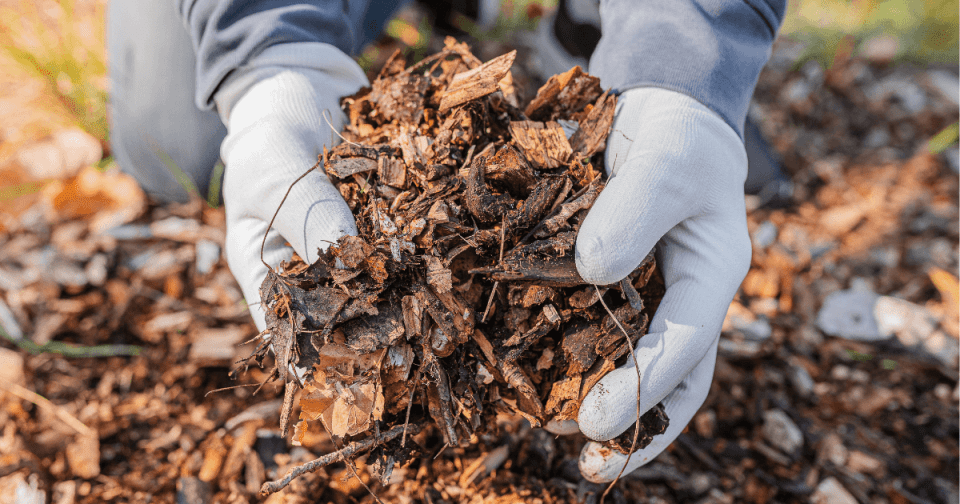
2. Replenish mulch layers.
Fall is the perfect time to refresh the mulch that may have degraded or blown away over the summer. Adding organic mulch will help to retain moisture, which will help plants in the transition to less frequent watering in the winter months. Good options for mulch include Dr. Q’s Premium Paydirt Planting Mix, cedar mulch and bark, or homemade organic compost.
If you have recently purchased a new home or have struggled to keep plants thriving in past growing seasons, you might want to evaluate the quality of your soil. In our climate, we have high levels of caliche that can build up, creating hardpans below the surface that are impenetrable by roots. To learn more about improving your soil fertility for the upcoming growing season, check out our Ultimate Guide to Improving Desert Soils.
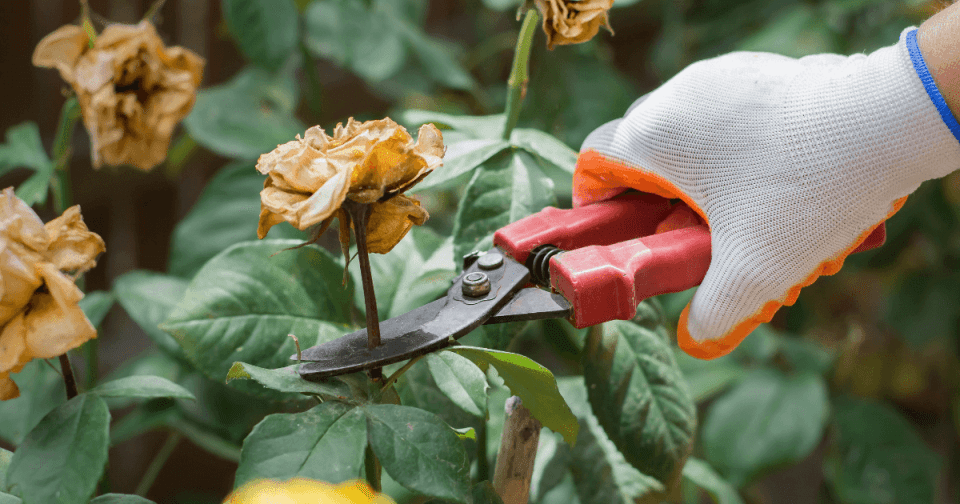
3. Correct summer stress.
Now is a great time to replace or transplant any plants that were not happy with their location during the hot summer months. If you notice any sun-damaged foliage, now is a good time to do some light pruning. Read more on correcting summer stress by clicking here!
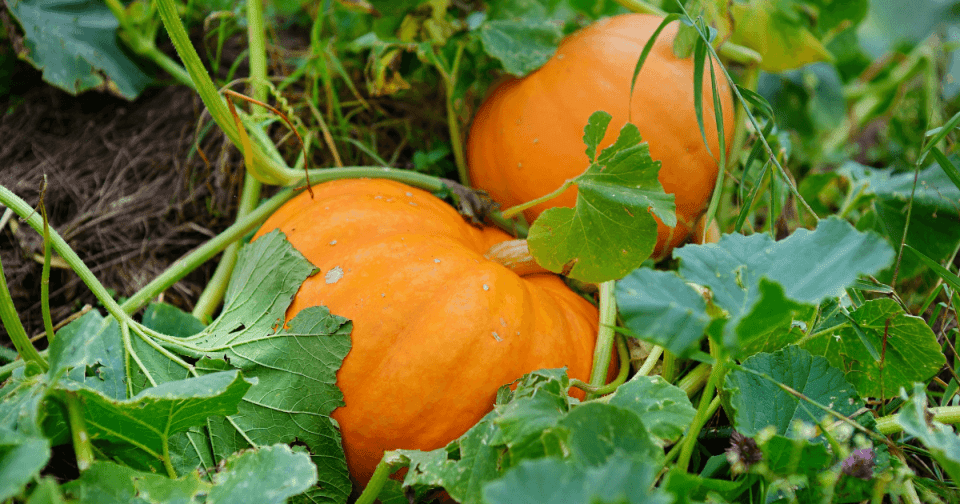
4. Gather your harvest.
Oh my gourd! It’s harvest season! Gourds, pomegranates, tomatoes, peppers, leafy greens, beans, corn, and members of the Brassica family will be ready for harvest this month. Keep a watchful eye on your garden to make sure you pick fruits when they’re ripe.
Since gourds can sometimes be a tricky one to harvest, here are a few helpful hints to know when your gourds are ripe –
- Pumpkins and squash – When you notice that the rinds are dull (rather than shiny) and are tough enough that your fingernail won’t make a mark, the pumpkin should be ready to harvest. You can also look to see if the vines have begun to die back, as this is another sign that your pumpkin is ready for harvest.
- Melons – If you carefully lift the melon, the spot on the bottom should have turned from pale green to a white or yellow color. Like pumpkins, the vines will also begin to die back once it is ready for harvest.
- Cucumbers – You might have noticed some cucumbers ripening during the summer, but a few more may be ready during the fall season. Once the bumpy skin of a cucumber has smoothed out, it’s ready for harvest. You can pick them while they are small (best for pickling) or you can leave them on the vine until they are 5-8 inches long.
If you have a successful harvest this year, take a picture of the fruits of your labor, share it on social media, and tag us so we can see all your hard work!
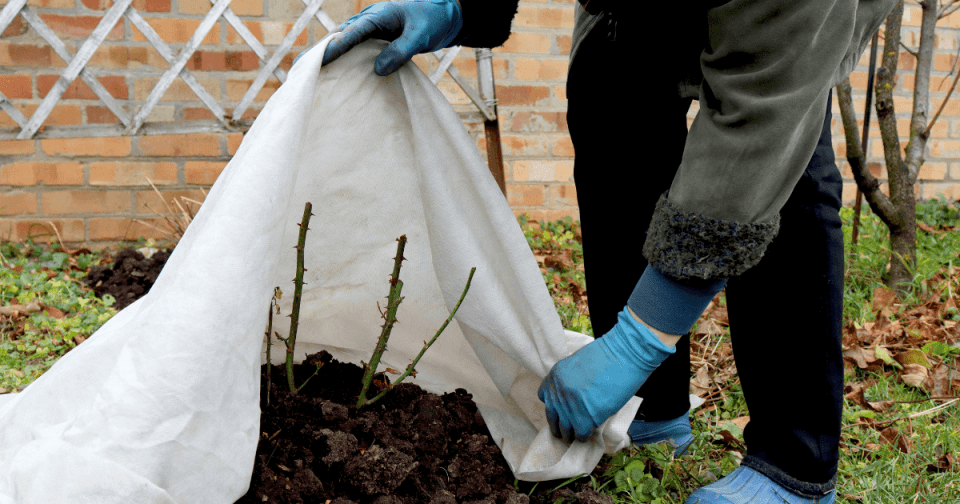
5. Prepare for winter.
Although we don’t want to wish away the beautiful weather that comes with the fall season, a wise gardener and homeowner will always plan ahead for the next season. Since temperatures could drop as early as the beginning of November, it’s better to be safe than sorry by stocking up on items to protect both your plants and pipes from freezing! Grab burlap, frost cloth, cactus covers, and pipe insulation at your favorite Star Nursery. You can also prepare for winter weeds by using a pre-emergent herbicide.
As we settle into the new season, we hope that you and your garden are healthy and happy. If you find that you have more questions while working in the yard, browse our website for additional tips and tricks or visit your favorite Star Nursery location for expert plant advice!
Follow us for the latest gardening news and updates!
